Tags: Earth
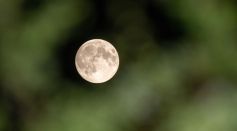
Earth's '2nd Moon' Escapes Orbit, Starts Long Journey Around the Sun—Will It Ever Return?
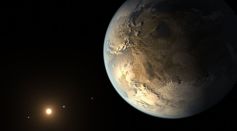
Earth Could Be Saved from a Catastrophic Asteroid Collision, Scientists Say
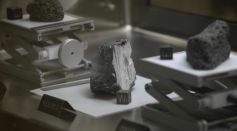
Bacteria Found on Asteroid Has Shocking Origin
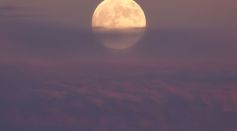
What's Inside the Moon? Scientists May Now Have the Answer
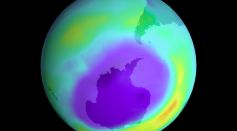
Is the Ozone Layer Repairing Itself? Scientists Think So
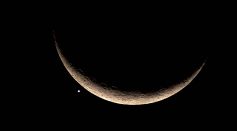
November Skywatchers: Crescent Moon Meets Bright Venus for a Stunning View

Exploring Life Beyond Earth: Study Claims Other Planets Could Be Suitable for Alien Life
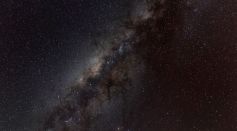
Chandra Observations Reveal Dangerous Areas for Planetary Development Near Massive Stars
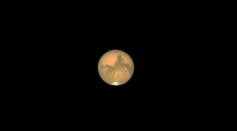
Martian Ice May Support Microbial Life Beneath Its Surface, New Study Suggests

Water from Earth's Surface Could Be Leaking to Core

Asteroid 2024 PT5 Moves Closer to Earth: NASA Plans to Monitor Its Path

Two Large Asteroids Make Close Approaches to Earth Just 42 Hours Apart; NASA Captures Footage of Flyby
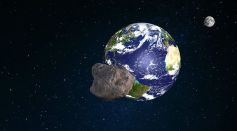
Skyscraper-Sized Asteroid 2024 MK to Flyby Between Earth and Moon on Saturday; Could We Stop an Asteroid Impact Event?
Earth on the Midst of Sixth Major Extinction Crisis; Scientists Identify Key Areas That Need Protection
New Sunspot Unleashes M9.7 Solar Flare, To Face Earth Soon
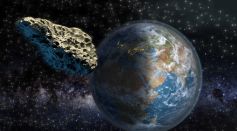
‘Planet Killer’ Asteroid To Skim Past Earth This Week; Here’s What To Know About the Mountain-Sized Space Rock
Nuclear Radiation Threat: 3 Most Radioactive Locations on Earth
4-Billion-Year-Old Remnants of Earth’s Crust Found Below Australia, Give Clues About the Formation and Evolution of Continents

Potentially Hazardous Asteroid the Size of Washington Monument To Come Closer to Earth, NASA Warns
Artificial Star To Be Launched Into Earth’s Orbit by NASA in 2029, Calibrating Telescopes on Our Planet
Most Popular

Memory and Learning: How the Brain Stores, Retrieves, and Forgets Information

The Strongest Tornadoes Ever Recorded: Scientific Breakdown of Extreme Tornado Events

Antibiotic Resistance: How It Develops and Why Misuse of Antibiotics Is Dangerous

How Solar Activity Shapes Our Planet: What the Next Solar Maximum Means for Earth





